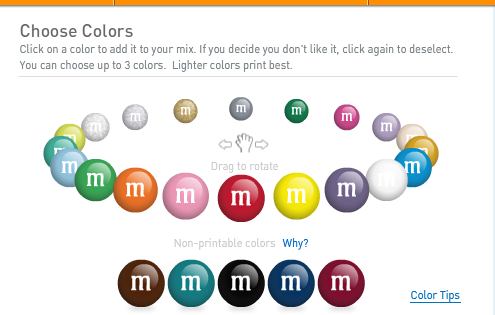The Downside of Finding Exactly What You're Looking For
Last night it was 4th grade homework time at Chez Steve, and the spelling/vocabulary assignment entailed looking up a set of words in the dictionary, taking note of their definition and part of speech, and providing some reference information about the selected word's position in the dictionary itself, (page number, guide words, etc.).
As we, (really Patrick the aforementioned 4th grader), worked through the assignment, he made the expected observation of a modern 10 year old, one that is pretty savvy as to the power and value of the web to help us all navigate through life's little challenges. Per Patrick, 'Why would anyone use a real dictionary if they had a choice? Wouldn't you just use Dictionary.com? It's way faster.'
And he was right, at least to a point. Paging though a giant, old, slightly moldy book searching for 'reign' and 'colonel' must have seemed like a pretty unenlightened waste of a precious few minutes, when the fast, easy, and generally accurate (or certainly accurate enough), information could be found at Dictionary.com. After all, using the online service would have taken him exactly to the result he was looking for. Type the word into the search box, click 'go', and you're there. No wasted time, no tedious searching around. Just results.
But since the assignment had very specific instructions, 'Use a real dictionary, you know, a book', Patrick was forced to kick it old school, and page though the volume, checking the guide words at the top of each page, doing a little mental alphabetizing to try and efficiently find the words of interest. Definitely a slow process, certainly not one in synch with our modern (even, perhaps especially for a 10-year old), need to have instant, immediate, and complete information with the click of a mouse.
What we found out though, which is sort of obvious for those of use who remember fondly relics like real dictionaries and (shudder), printed almanacs and encyclopedias, is that much of the fun, and the excitement, is discovering things we were not actually looking for. On the dictionary page for 'colonel' we found 'colossus', 'colophon', and 'Colorado potato beetle'. All awesome and amazing words indeed, all deserving to be found, even if they did not have the good fortune to be included on this week's list of 4th grade vocabulary words. Words that would have remained undiscovered mysteries without using the old book.
Does it matter that we are, increasingly, trading exploration and discovery for efficiency and productivity?
Is it important that we tend to prefer to leverage whatever solution gives us the 'right' result in the fastest possible manner?
Certainly the internet and the connected world have given us all remarkable, tremendous, and unprecedented access to knowledge, insight, and expertise - most of which is just a few searches and clicks away. But if we leverage this resource to tell us only exactly what we are looking for, well then, in a way we have simply replaced one dictionary for another, albeit a larger and more colorful one.
A dictionary that opens immediately to the word we seek, without letting us trip on colophons or Colorado potato beetles along the way.

 Steve
Steve



